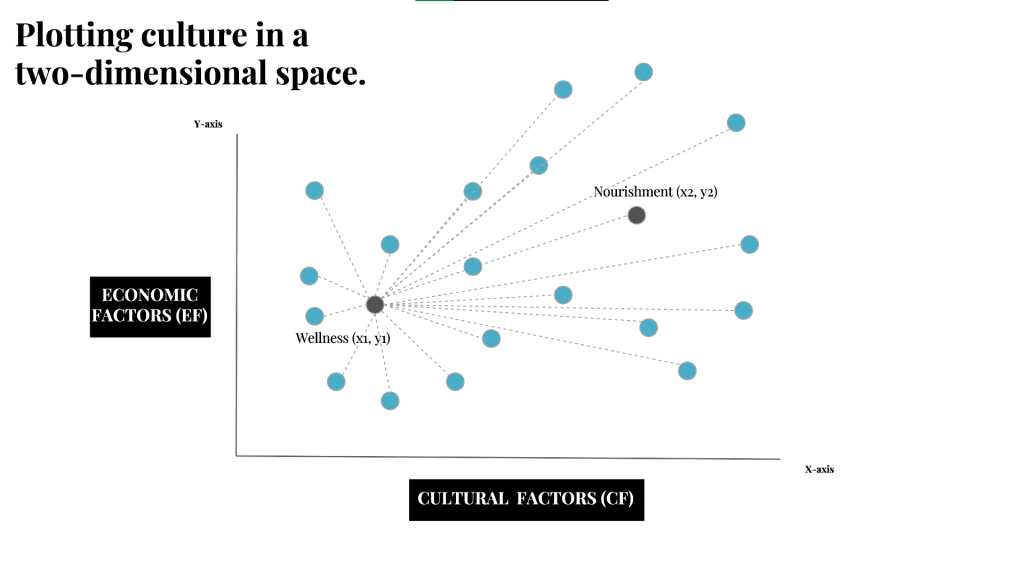The recent Lux Research webinar “Trend or Fad? How Anthropology Can Help You Decode and Separate Real Trends from Fads” illustrated how structural anthropology can be a critical tool to help you cut through the hype and identify the actual spaces of emerging demand. Lux Research Executive Vice President and Group Director Ujwal Arkalgud presented a model with which innovation leaders can systematically and measurably discern meaningful trends in a noisy background — using examples like single-use plastics, wellness, and natural cleaning — in the context of their existing and future business activities.
There is no shortage of news reports and digital tools that help organizations identify emerging trends relevant to their business. But there’s an immense shortage of solutions that help organizations deal with the overwhelming amount of so-called trend data their innovation leaders are regularly bombarded with. In such an environment, how do you know what is or isn’t important? This is where the field of structural anthropology provides real value to decision-makers.
In business, everyone is focused on spotting trends. But trends are volatile. Ujwal outlines how anthropology allows us to plot culture in geometric space, helping us measure the volatility of trends keeping in mind both economic and cultural factors influencing consumers.

The presentation outlined how understanding the volatility of trends can make or break your innovation cycle. Since innovation takes time, leaders need to know what trends are here to stay, with meaning for consumers, and won’t turn out to just be fads. Ujwal assessed the volatility of several consumer-facing wellness and sustainability trends using MotivBase‘s maturity curves.
Join Ujwal as he outlines how companies should focus on measuring the volatility of trends to improve their success rate in innovation. Register today to watch the on-demand webinar “Trend or Fad? How Anthropology Can Help You Decode and Separate Real Trends from Fads“
